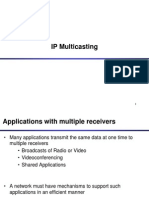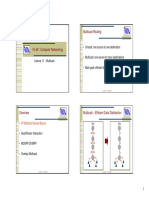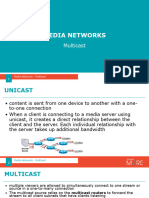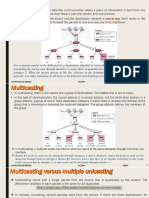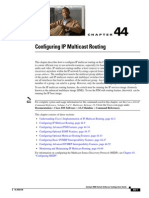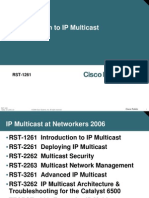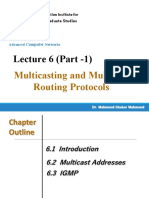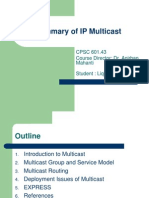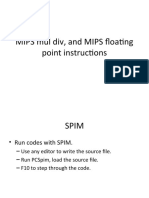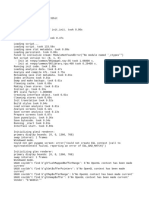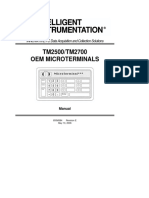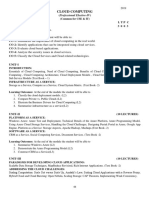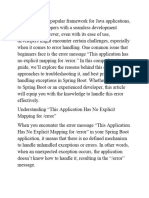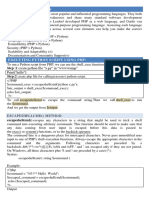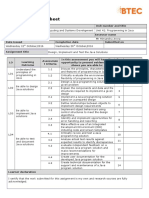0% found this document useful (0 votes)
80 views104 pagesCh12 Multicasting and Multicast Routing Protocols
The document discusses multicast addressing and routing protocols. It defines unicasting, multicasting, and broadcasting, and notes that multicasting allows one-to-many communication where multiple destinations belong to the same group address. It describes IPv4 multicast addresses ranging from 224.0.0.0 to 239.255.255.255 and notes that addresses from 224.0.0.0 to 224.0.0.255 are reserved for routing protocols. The document also discusses IGMP for collecting group membership and various multicast routing protocols.
Uploaded by
Hùng TrầnCopyright
© © All Rights Reserved
We take content rights seriously. If you suspect this is your content, claim it here.
Available Formats
Download as PDF, TXT or read online on Scribd
0% found this document useful (0 votes)
80 views104 pagesCh12 Multicasting and Multicast Routing Protocols
The document discusses multicast addressing and routing protocols. It defines unicasting, multicasting, and broadcasting, and notes that multicasting allows one-to-many communication where multiple destinations belong to the same group address. It describes IPv4 multicast addresses ranging from 224.0.0.0 to 239.255.255.255 and notes that addresses from 224.0.0.0 to 224.0.0.255 are reserved for routing protocols. The document also discusses IGMP for collecting group membership and various multicast routing protocols.
Uploaded by
Hùng TrầnCopyright
© © All Rights Reserved
We take content rights seriously. If you suspect this is your content, claim it here.
Available Formats
Download as PDF, TXT or read online on Scribd
/ 104




